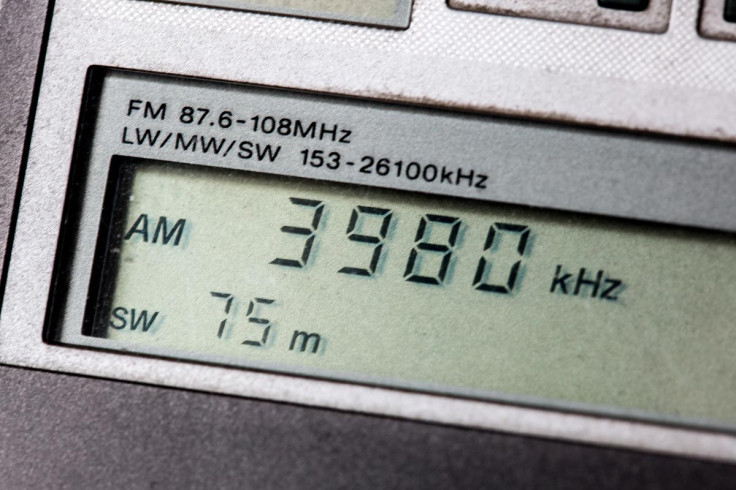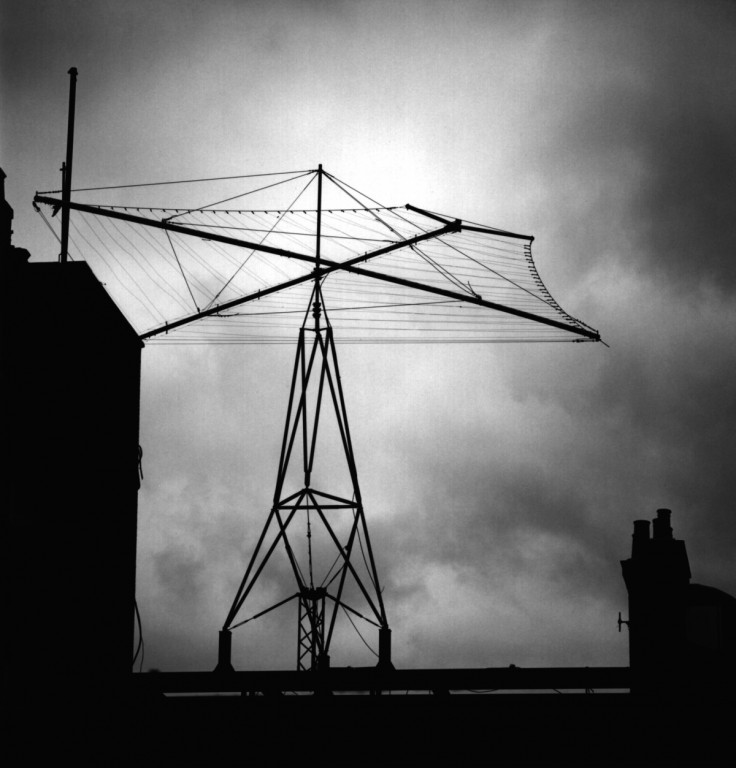Now You Can Spy on the Spies Using Free Web-based Shortwave Radio

Have you had just about enough of the NSA spying on all of us, to say nothing of our own respective government agencies gathering intelligence about our whereabouts, conversations with friends on social media networks and everything we google?
Don't get mad, just tune in. Well, you could turn the tables and attempt to spy on the spies instead, using shortwave radio, a hobby popular amongst radio geeks around the world, who realised after World War II that shortwave numbers stations had started popping up.
Unlike regular stations with local news bulletins, music and talk shows, numbers stations feature broadcasts where a computerised female voice reads out endless lists of numbers or a child recites an endless series of letters.
While seemingly unintelligible, radio enthusiasts believe that these broadcasts are actually coded messages being sent between government agents, an old Cold War espionage communication tool that still exists.
Where's the proof?
Some of the substantial proof of this comes from Cuban spy trials in 2001 and 2006, when US federal prosecutors presented evidence in a Miami courtroom that people had been spying on the US for Cuba and sending encrypted shortwave radio transmissions.

In order to understand the message, the receiver would need to be tuned into the right frequency at the appointed time of the message and would need to use a device called a "one-time pad" to decrypt it.
There's also a five-disc CD set of recordings from numbers stations known as The Conet Project.
Based on the work by radio enthusiast Akin Fernandez, the recordings are popular with musicians and filmmakers, who have used samples of the sounds in many films and music albums, such as the 2001 Tom Cruise sci-fi film Vanilla Sky.
Another famous shortwave numbers station is "The Lincolnshire Poacher" in Cyprus, which uses bars from an English folk song with the same title as its interval signal.
This station is rumoured to be operated by MI6 and maintained by Royal Air Force personnel at the base in Cyprus.
Listening to coded messages
There are several online communities where radio enthusiasts track shortwave radio numbers stations and try to pinpoint who is using them and what the messages are saying, such as Priyom.org.
The group recently claimed it had managed to identify the location of the radio transmitter site for some well-known number stations which apparently belong to the Polish intelligence service.
The group has identified a series of active stations broadcasting in English, German, Slavic, Morse Code and noise, with names like "The English Man", "Russian Polytone", "Chinese Robot" and "Polish Morse".
So how do you get involved? First you need to get yourself a shortwave radio receiver, or you can use this web-based shortwave radio maintained for free by the University of Twente in the Netherlands.
You can check out the number station schedule on Priyom, and you can even chat with other enthusiasts on the group's IRC chatroom.
© Copyright IBTimes 2025. All rights reserved.






















